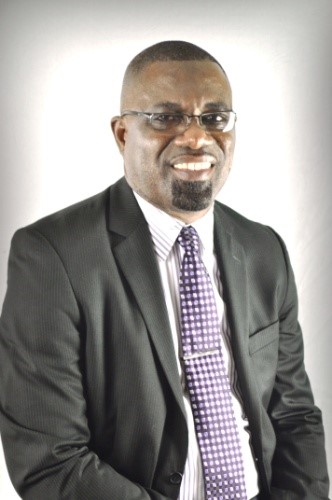
Director’s message – April 2019
The Partnership, including our countries and regional and civil society partners, are being requested to sustain the HIV response and to implement innovative approaches and services to achieve prevention, increase the number of persons who know their HIV status, retain more people on treatment and to ensure that those that are retained on treatment achieve viral suppression. The goal is for countries to achieve the UNAIDS 90-90-90 Targets by the end of 2020 and ultimately end the AIDS epidemic by 2030. Despite the challenges such as tight fiscal space, the high economic cost of natural disasters including hurricanes, and other competing issues such as crime and violence and rise in non-communicable diseases and emerging diseases our countries are progressively increasing domestic investment for HIV. Concomitantly, external donors are continuing to reduce their funding while urging countries to scale up, implement innovative approaches and demonstrate political will.
The Global Fund to Fight AIDS, Tuberculosis and Malaria will be hosting its Sixth Replenishment in France in October this year. A target of US$14billion has been set. In preparation for the replenishment, the Board of the Global Fund will place a spotlight on the Allocation Methodology at its 41st Meeting which will be held on 15 and 16 May 2019 in Geneva, Switzerland.
France, Germany, Communities, Developing Country NGO and Developed Country NGO constituencies of the Global Fund Board prepared a paper titled: Ensuring an optimal allocation of resources for the next cycle in 2020-2022. The paper acknowledges that allocation is the Global Fund’s main vehicle to steer its investments, therefore decisions about its methodology have tremendous consequences for people, countries and the response. The paper cautions that when the Board approves the allocation methodology at the May meeting, it needs to be confident that it is allocating its resources optimally for the next cycle. A strong argument advanced in the paper is that this decision (of the Board) must rest solidly on a demonstration that the allocation methodology provides the best possible answer to the question: what needs to be funded, and how?
The Latin America and Caribbean (LAC) constituency endorsed this paper as the decision on the allocation methodology could have serious implications for LAC, particularly in relation to funding for regional grants such as the PANCAP and CVC-COIN grants. The criteria being used by the Global Fund to make decisions on allocation are the ability to pay (World Bank’s assessment of countries’ gross national income) and the burden of the disease. The majority of LAC countries are classified as Upper Middle Income. Of concern is that key populations in the Caribbean, particularly men who have sex with men, transgender persons and sex workers have much higher prevalence rates due to the existence of discriminatory laws that hinder their access to services. Global Fund resources are therefore still needed to enable national programmes that include civil society organisations to deliver critical programmes to reduce key populations’ risk and vulnerability to HIV.
The LAC constituency delegation is fully committed to intensifying its advocacy and engagement at the pre-board and board meetings on the allocation methodology. We are hopeful that the decision on the allocation methodology will result in the maintenance of the current level of funding for our countries as well as the retention of an allocation for regional grants. Such outcomes would cushion countries’ efforts to progressively increase domestic resources for HIV while pursuing full country ownership and sustainability.
